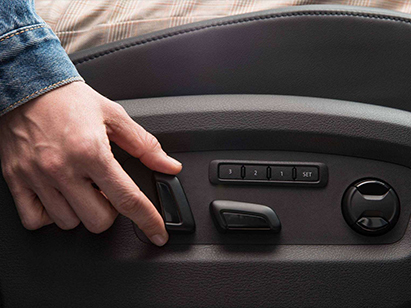Motors are the heart of many modern technologies, driving everything from household appliances to complex industrial machinery. In the world of electric motors, two main types dominate: AC (Alternating Current) motors and DC (Direct Current) motors. Each type offers unique advantages depending on the application. When selecting a motor, it’s crucial to understand their differences, especially the nuanced distinction between brushed and brushless DC motors. This article will dive into these distinctions, providing insight into their best applications.
Overview of DC Motors: Brushed vs. Brushless
DC motors are often the go-to choice for applications requiring precise control of speed and position. Among the DC electric motors, two main variations stand out: brushed and brushless. Brushed DC motors feature a mechanical commutator and carbon brushes that deliver current to the rotor. While brushed motors are simple and cost-effective, they require more maintenance due to brush wear. In contrast, brushless DC motors eliminate the need for brushes, using electronic controllers for commutation, resulting in higher efficiency and longer lifespan. This makes brushless motors ideal for applications demanding continuous operation without maintenance downtime.
AC Motors: Characteristics and Applications
In contrast, AC motors operate by alternating current, providing a simple, robust design that works efficiently in applications requiring consistent operation over long periods. AC motors are typically more durable and cheaper to manufacture, which is why they are widely used in home appliances and large industrial machines. However, DC motors, particularly brushed and brushless DC motors, are more adaptable when it comes to precise speed control and high performance in smaller or more sensitive applications, such as in electric vehicles and high-end automation systems. DC electric mentor manufacturers like Power Motor are adept at supplying both AC and DC electric motor options tailored to specific needs.
Choosing the Right Motor for Your Needs
When deciding between AC and DC motors, several factors come into play. For instance, if your application demands high precision and variable speed, a DC motor, especially a brushless DC motor, would likely be a better choice. On the other hand, AC motors excel in situations where simplicity and durability are the primary requirements. Another important consideration is energy efficiency. DC motors generally offer better efficiency for variable speed operations, which is why they are often chosen for applications like electric cars, including the solutions provided by Power Motor. However, for general-purpose applications where maintenance is less of a concern, AC motors may be the ideal choice.
Conclusion
In summary, both AC and DC motors have their strengths and weaknesses depending on the specific needs of an application. For precise control and high-efficiency operation, DC motors, including both brushed and brushless types, are the preferred option. However, for simpler and more durable systems, AC motors are often the better choice. By understanding the differences and benefits of these motor types, and considering factors such as performance and cost, manufacturers and consumers can make informed decisions. Companies like Power Motor offer comprehensive motor solutions for a range of industries, ensuring that the right motor is always available for every need.
